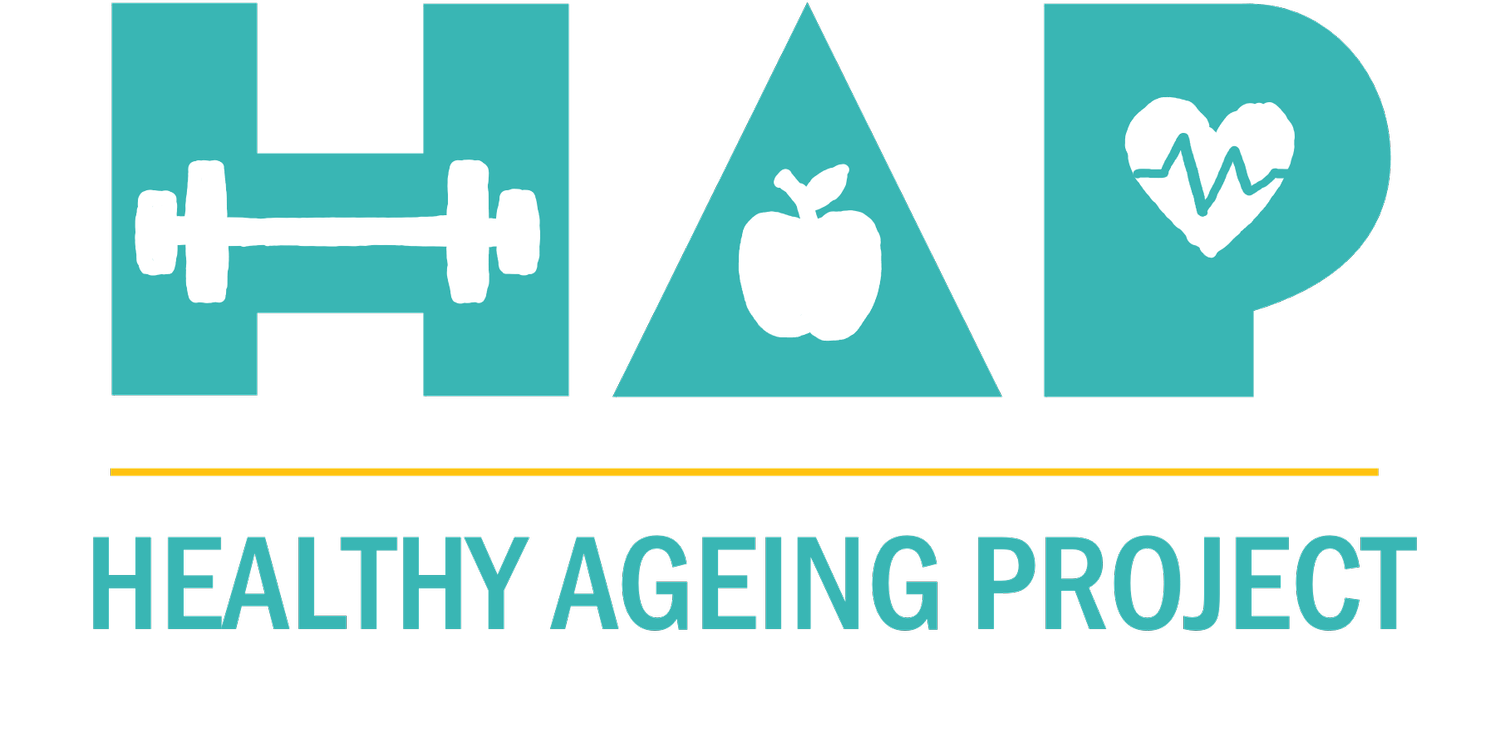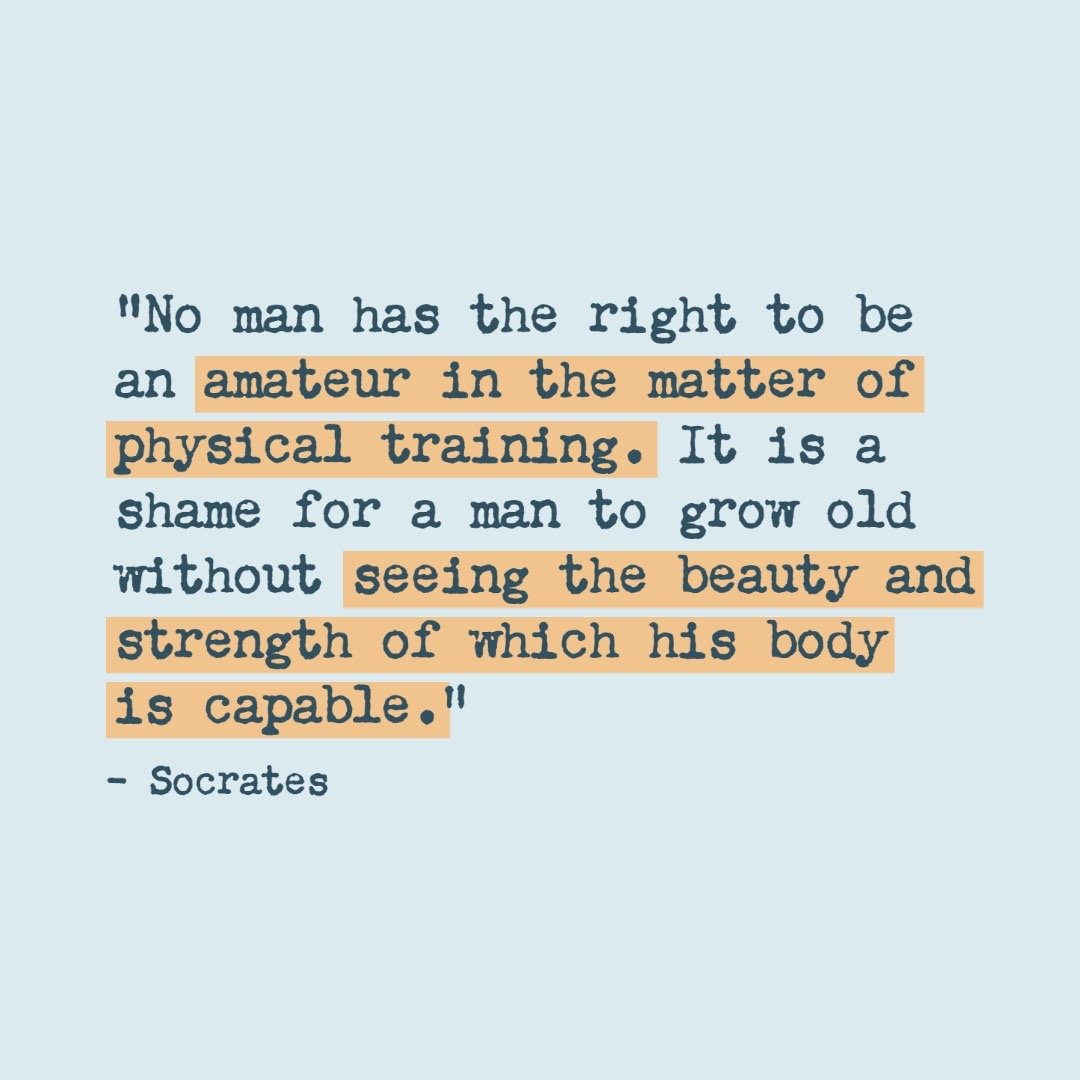Active living: A moral obligation & potential threat to identity?
Readiness to change. It’s critical to any personal aspiration or desired future state. Why? Because our goals invariably require us to do things differently…behavioural changes we’re likely to have some mixed feelings about. The more mixed feelings (ambivalence) we have, the more unstable our motivation, and the less ready, willing & able we’ll be to make it all happen. This is especially true for health change.
A conga-line of reasons to NOT get moving
When it comes to making health change - especially when thinking about becoming more physically active - there are a bunch of things that can induce mixed feelings in people.
These include perceived lack of time, competing work/family demands, social anxieties (e.g., body image concerns), and unpleasant past experiences connected to physical activity (e.g., being bullied at school or picked last for sporting teams). In some cases, the ambivalence can be a mixture of all these and possibly other things like excessive pressure to compete or participate (from a coach or parents) during childhood & adolescence.
As one or all of the above can stop someone from sustaining motivation for more active living, an important part of any change process is resolving ambivalence for change. As I’ve written quite a lot about this in the past year, I’m not going to rehash all that now. Rather, I’d like to acknowledge another factor that can contribute to resistance to change…a less obvious, more insidious factor. A factor that is grounded in the challenge of the ageing global population.
The morality of being active
According to some sociologists, the ageing body is increasingly seen as a societal problem in need of a cure. This is because of the significant social and economic burdens that flow from ailing bodies due to the fact that those bodies (i) cannot contribute as much to society, AND (ii) become costly to maintain. As a result, the past few decades have seen considerable attention given to the importance of self-care and ‘bodywork’, so much so - sociologists argue - it has taken on a moral quality.
A moral quality? How exactly??
Simple. It is widely recognised that many modern diseases (e.g., diabetes & obesity) are caused by the lifestyle decisions people make. Given that physical activity is known to lower the risk factors for such diseases, a commitment to active living can be seen as fulfilling one’s obligation to society. And by doing so - by not being a drag on society - active living is likely to be applauded by others & seen as a ‘correct’ choice.
The motivational mix
Let me be clear about something…it is NOT wrong to have your commitment to swimming, strength training, running or yoga be motivated by a desire to not want to be burden on those around you. In truth, our goals are energised by lots of different reasons & being able to live relatively independently is certainly one of mine.
However, to the extent that people internalise this self-care ethos as a commanding self-statement (e.g., “I must be active or people will think poorly of me)”, they will be subject to a powerful form of controlled motivation. That is, they will do it more because of the value placed upon it by others, than by the value they place upon it themselves. And that makes the morality issue another facet of the prescription problem I’ve previously written about, which can create sub-conscious resistance & manifest as ambivalence.
Subtle social narratives like this can be problematic because, as decades of self-determination theory research have shown, controlled motivation is inherently unstable & tends not to last over time. As such, health promotion messages that emphasise the economic and social costs of physical inactivity should be counterbalanced by efforts that help people develop more autonomous, meaningful intentions and goals, and to personally identify with what they decide to do. However, like most things, balance is important…
But wait, there’s more!
Sports sociologist Dr Rylee Dionigi has noted that the social endorsement of self-care and bodywork can be problematic in another way. She argues that a rigid commitment to active living can create a vulnerability in people via the way it shapes their identity. That is, when physical activity becomes a core component of a person’s sense of self, they become more susceptible to distress because of the very real possibility that natural ageing, accidents, injury and/or disease can all diminish their ability to move as much as they’d like.
As I painfully discovered a few years ago when recovering from an injury, the more strongly someone defines & values themself in terms of their activity levels, the more upsetting this can be.
According to Professor Dionigi, it is important to remember leisure pursuits do not have to involve physical activity to be valuable. She notes that more passive activities like art, music and socialising provide people with an array of cognitive, emotional, and social benefits. To her mind, overemphasising the biomedical aspects of ageing (by focusing too much on physical activity) risks ignoring important elements of how people wish to age. As such, what is needed is the development of “a framework that values all forms of leisure, from passive and active, mental to physical…and an acceptance of difference and diversity in aging”.
Balanced living through balanced leisure
Sociological critiques like those covered in this blog are very useful. They remind us that physical activity is only one aspect of a healthy ageing process, and that more passive leisure pursuits also carry important benefits (like playing cards and/or attending a book club). Given the potential downsides of drinking too much of the ‘kool-aid’ that surrounds physical activity (i.e., controlled motivation, threats to identity), health interventions should try to mitigate against such outcomes.
As explained in Get Moving Keep Moving, the Health Activation Process offers people a way to develop sustainable motivation by encouraging them to use personal interest & enjoyment as a basis for making decisions about physical health. In respect of the latter, the vulnerabilities linked to personal identity can be attenuated by recognising & exploring the contributions that both active and inactive forms of leisure have for health and wellbeing.
So, Aristotle is right once again! The art of living is the ongoing search for a balanced middle ground (the “golden mean”) that includes what we decide to spend our leisure time doing, how much time we decide to give it, and why that’s important to us.
info@drgordonspence.com
(+61) 421 641649
© Healthy Ageing Project 2023. All rights reserved.





